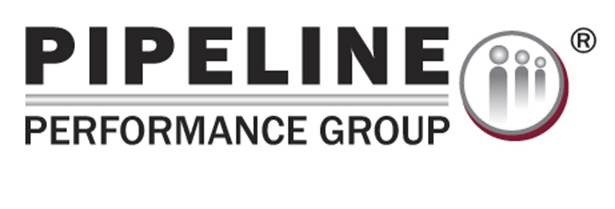Workload Management Effectiveness
How much time do the controllers in your control room spend during a shift performing tasks in the categories listed below?
- Controlling pipelines
- Monitoring pipelines
- Keeping operational logs and completing operational documents
- Communicating about controlling and monitoring of pipelines
- Responding to alarms, abnormal operating conditions, and/or emergency conditions
- Administrative tasks for business requirements, but have little to do with the control or monitoring of pipelines
How are you measuring the amount of time controllers spend doing all of their tasks in order to assure they have adequate time to respond to alarms that require actions? The initial measure of workload management effectiveness is whether or not the method you are using to assess workload addresses the specific CRM requirement below:
Monitor the content and volume of general activity being directed to and required of each controller at least once each calendar year, but at intervals not exceeding 15 months, that will assure controllers have sufficient time to analyze and react to incoming alarms;
It has been five years now since that requirement took effect. I am still amazed at the number of workload assessment methods used that do not answer the question of whether or not each controller has sufficient time to analyze and react to incoming alarms.
We have evaluated workload assessment methods during CRM gap analysis projects. Several of those methods meet the CRM rule requirements; most did not. There is a tendency to use only “objective data” and then subjectively declare that the workload of controllers is just right. Some of us do not want to use anything that is “subjective” and/or that involves controllers even though the subjects (the controllers) are doing the work of alarm response.
In one company, the managers used the “objective data” and the alarm rates were higher than recommended. That was not the result they wanted. Then they decided to ask the controllers in a survey. When the controllers’ responses provided information in line with the “objective data,” the managers concluded that the controllers were wrong, based on the fact that the managers had been controllers years ago.
Remember that the stated purpose of the “Alarm Management” section of the CRM rule is to “provide for effective controller response to alarms.” Here is a novel way to measure the effectiveness of a workload management process: Ask the controllers!
It is easier for me to state what I believe is ineffective about some of the methods I have seen in use, and most past muster during CRM inspections.
- Gathering only SCADA and alarm data, putting the data in a neat looking spreadsheet, performing no analysis of what the data means in terms of controller response to alarms, and providing no conclusion of whether or not the data assures controllers have sufficient time to analyze and react to alarms.
- Using the NASA TLX, SWAT, or some other method without any correlation to the tasks controllers perform and how much time it takes to perform those tasks. It’s easy to use the NASA TLX, ask the controllers to submit two or three ratings during a shift, and then choose an arbitrary number between 0 and 100, and state based on that number that the workload is manageable even without any correlation to time spent on tasks, including time spent responding to alarms.
- Failing to include all of the tasks (general activity) controllers are required to do in the measurement process and/or selecting only a few tasks for measurement, then usually concluding that all is well.
- Failing to include all of the controllers in the measurement process. During one inspection, the inspector wanted to see documentation that all of the controllers had participated in the process.
The fact is that most of us can tell when the workload on a console is approaching a limit when something needs to be done. An effective workload management method is going to provide information (data that should be objective and subjective) that can be used to take appropriate action.
In the 200 workload assessments we have done, we have recommended corrective actions in about 10% of those studies. We have recommended adding consoles, staffing an extra controller on day shifts, reducing the number of administrative tasks controllers were assigned, repairing equipment that was regularly causing abnormal events, enacting alarm management to address nuisance alarms, improving SCADA displays, and adding additional meaningful tasks because controllers did not have enough to do.
CONTROL ROOM MANAGEMENT EDUCATIONAL PROGRAM | Charles Alday © 2017 Please Distribute to Others.



